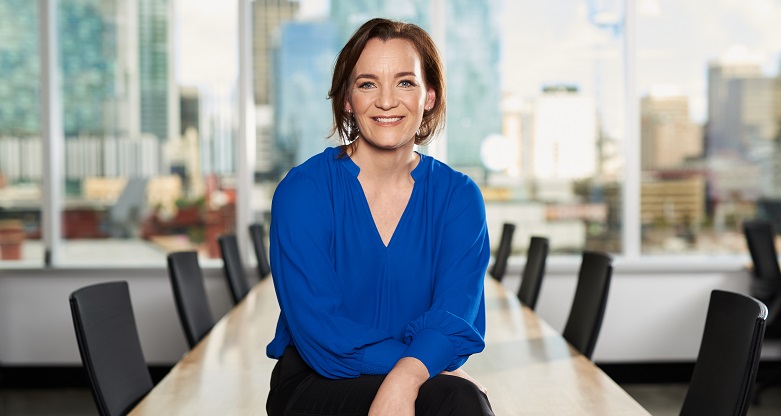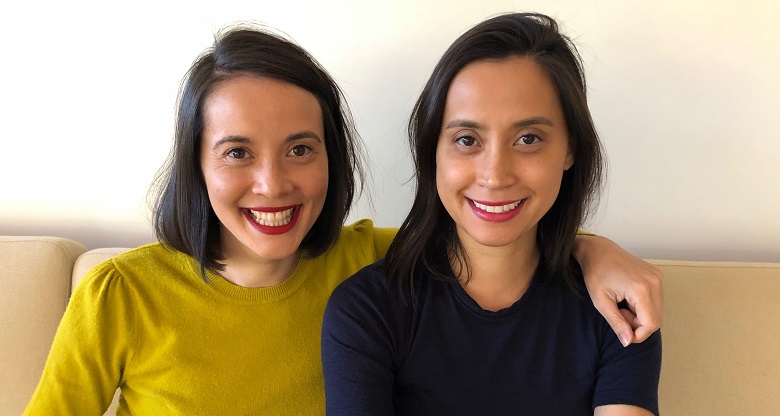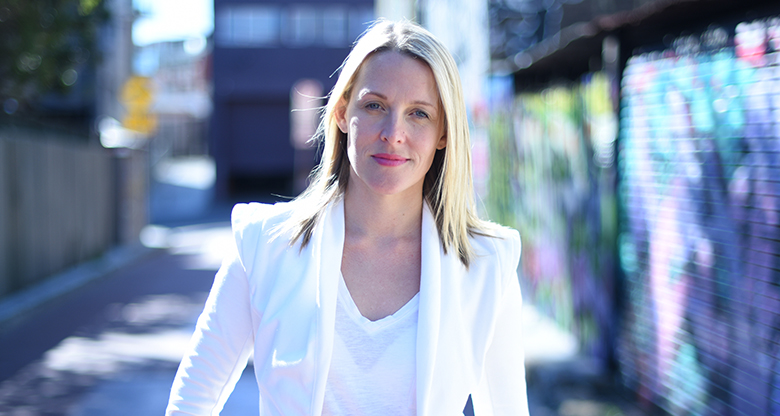Is remote working the right model for you?
In the ever-evolving world of work, organisations have moved well beyond those days in 2020 of rushing laptops and Wi-Fi sticks to workers’ homes to preserve business continuity.
Jo explains that leaders must now ask themselves whether a remote, physical or hybrid workplace will be the right proposition for their business and at an individual team member level.
Determining the latter can be difficult, and according to Jo, is all about the approach an organisation takes in its workplace policies and processes, starting with recruitment. For example, hiring a new employee often focuses solely on the job or tasks, not the workplace context. Jo says understanding suitability up front is crucial.
“Working in a fully remote team doesn’t work for everyone,” Jo says. “When this has happened in my business, I had to reflect; maybe I didn’t ask the right questions, or they didn’t appreciate how remote work might look or feel on a day in, day out basis, all the time.”
The importance of building and nurturing virtual relationships
Jo agrees that employee engagement is vital to the success of any workplace model. From an employer and employee perspective, humans value and thrive upon connection. In a physical office environment, Jo says that occurs organically and across teams. So how do you replicate that online?
The most important process to get right for a remote or hybrid workforce is onboarding, according to Jo. The practical consideration is whether you bring a new employee into an office environment or coworking space for the initial phase, or will you run this online? Workplace training and development require a similar consideration.
In terms of maintaining connection and culture, digital platforms are a must. And while informal ‘Teams’ or ‘Zoom’ meetings or Friday afternoon virtual ‘lunches’ of the pandemic lockdowns might have seemed contrived, they needed to be this way and still do.
There is much to be gained in purposefully designing your connections with your employees, such as regular posts, chats, meetings and catch-ups, particularly on remote work channels. “It is all about establishing what will best suit the business,” says Jo.
Workplace models are dynamic
Jo recently decided to open a physical office after six years of running an entirely remote workforce. This decision was prompted by her desire to “experience that feeling again of going into the office and leaving my work at the office.”
In doing so, she gave herself and her team the option to have a physical space to meet and work. However, recognising that some employees might want to remain fully remote and others prefer various levels of hybrid work, Jo put to the team, “come in as little or as much as you wish.”
Jo says the initiative “has been welcomed, particularly so because there is no requirement or mandate to work a certain way.” Jo built her business on the philosophy that “It was important to give everyone freedom of choice.”
In providing office space, Jo’s team had even more flexibility to accommodate their circumstances and preferences and embrace the nature of their client and workplace connections through in-person meetings.
Being crystal clear on expectations
“Leaders strive to create great places to work, where people can contribute value for clients and the business, all while living a life that is meaningful for them,” Jo says. “So, regardless of the model, senior leaders must be clear in establishing their preferred model or the rationale behind a change in direction.”
From her years of client interactions and research when writing her book, Jo observes there is sizeable pressure on leaders that they "must revive their workplace culture", post-pandemic. For some, this means bringing people back into the office.
In considering this, Jo recommends leaders first ask, “Why do we have this idea that bringing everyone back into the office will revive our culture? And did our culture need to be revived in the first place?”
“When deciding to get more people back to the office, leaders must be clear on the why,” Jo says. “They must delineate the positive benefits of any return-to-office mandate and communicate that to their people or risk a backlash if it’s viewed as arbitrary or a personal pursuit.”
With her own business, Jo says the vision and plan is evolving, “we’re experimenting, but we will also need to measure and evaluate how it is going.” This involves looking at productivity, employee satisfaction and office costs.
“After a century of ‘9 to 5’ office working, we learnt this model is redundant for many workplaces, where we can work more effectively in a variety of ways and contexts,” Jo says. “It is then a question of how to best engage and motivate employees”.
Jo sees this as striking a balance between the larger organisational business goals and strategies and keeping up with what people want by asking them. There are many tools available to do this to suit workplaces of all sizes.
For Jo’s business, using project management software keeps everyone on track, provides visibility on what teammates are doing and connects everyone to the bigger picture. “Good leaders will support this by checking in regularly with team members, rather than checking up”, Jo says.
Sign up to the Women in Focus newsletter for updates on our community and events, and more content like this.




